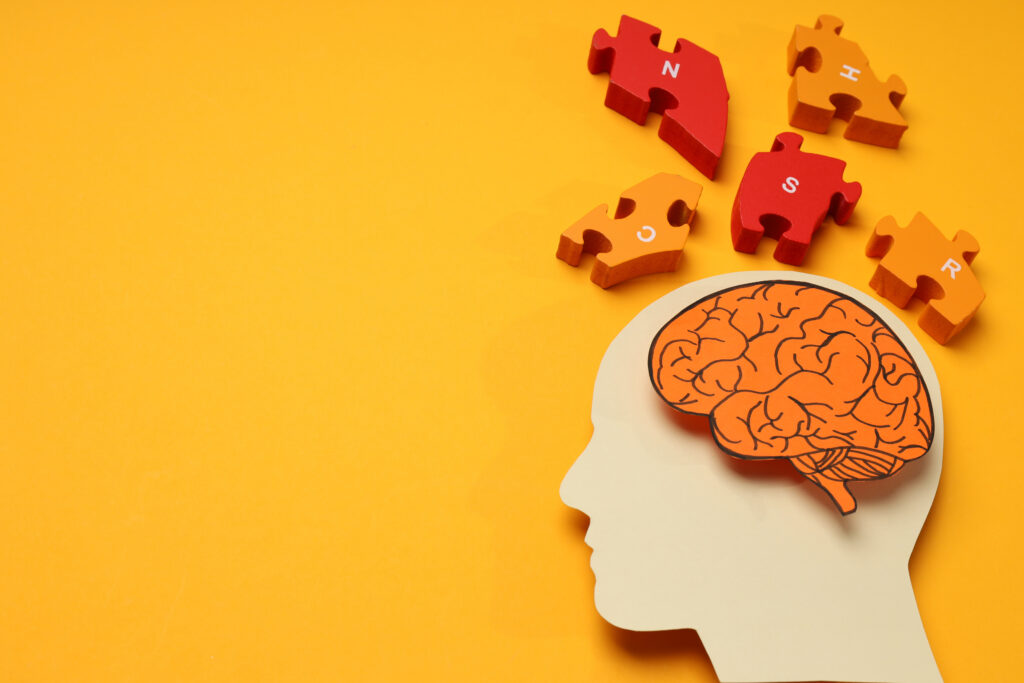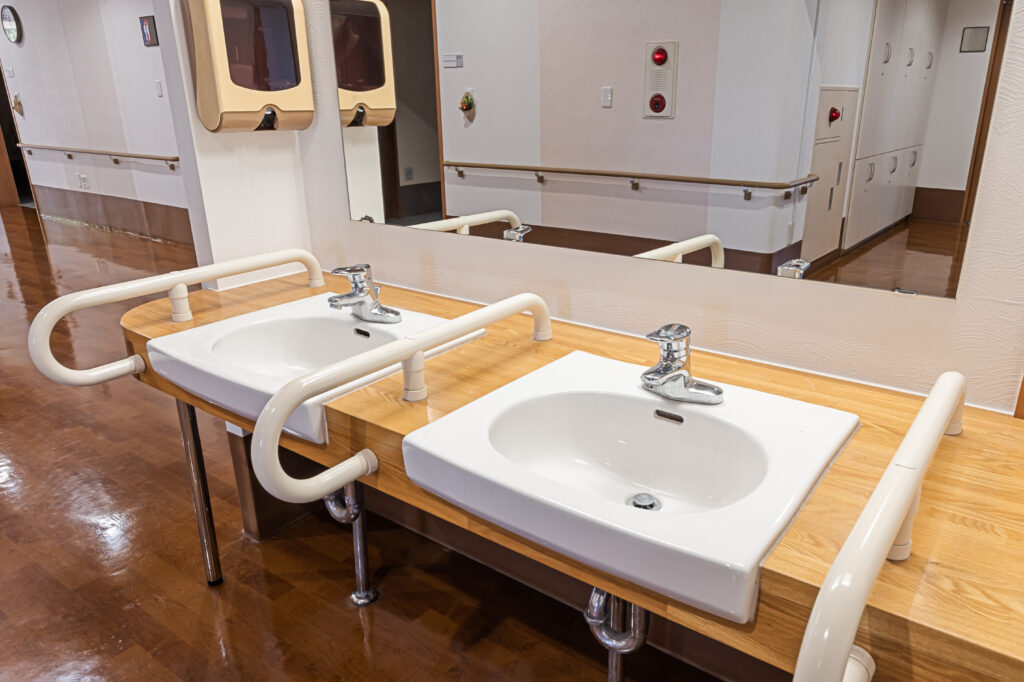Insight Comprehensive Therapy – It’s National Occupational Therapy Month! A time to recognize the important role occupational therapists play in helping people who have experienced injuries, illnesses, or disabilities rebuild their lives. Many people think OTs only help children or assist in workplace injuries and disabilities, but did you know that occupational therapy is an essential part of recovery from stroke and traumatic brain, spinal cord, and other injuries?
Each year, more than 800,000 people in the United States will experience a life-altering stroke that results in difficulty performing daily activities like eating or getting dressed. Occupational therapists are at the forefront of their recovery process, providing tools and support to help them regain independence. If you or someone you know has experienced a stroke, neurological condition, or traumatic injury, here are six ways occupational therapy can aid in the recovery process.
How Occupational Therapy Helps You Regain Independence
Stroke and traumatic injuries are life altering in many ways, impacting everything from mobility to coordination and cognitive abilities. This means everyday activities we take for granted, such as bathing, cooking, and writing, can be challenging. Occupational therapists are trained to assess a patient’s abilities and develop individualized plans in rebuilding coordination and strength. They can also introduce adaptive techniques like mobility aids and ergonomic tools to help make performing certain activities simpler.
Improving Strength and Fine Motor skills After an Injury
Neurological damage from stroke and traumatic injuries impact the fine motor skills and strength necessary in almost every action. Something as simple as buttoning a shirt or grasping a doorknob can be impacted. Occupational therapists will introduce adaptive strategies and exercises, such as hand coordination and hand-eye activities, to help patients regain strength and control of their movements.

Enhancing Cognitive Function Through Occupational Therapy
In addition to daily activities and strength, stroke and traumatic injury patients will also likely experience issues with attention, communication, memory, and problem-solving. Occupational therapists can introduce cognitive training exercises during recovery to improve mental function. Some common examples include memory games, developing daily routines, and participating in social activities to help patients improve their quality of life.

Supporting Mental and Emotional Health During Stroke and Injury Recovery
Experiencing a debilitating stroke or traumatic injury can have a serious impact on a patient’s emotional and psychological well-being. It is not uncommon for those in occupational therapy to experience anxiety, depression, and frustration that can impede their ability to recover when left unaddressed. Occupational therapists are trained in providing emotional support, coping strategies, and activities that encourage self-confidence. It is also common for occupational therapists and behavioral health professionals to work together closely in supporting patients’ mental health and skill development.

Adaptive tools and Devices to Improve Daily Living
For patients experiencing long-term disabilities from stroke or traumatic injury, occupational therapists may choose to introduce accessibility solutions and assistive devices to help perform daily activities. Common tools include bathroom grab bars, mobility aids like canes or walkers, modified eating utensils, and even voice-activated tools and apps. Over time, these tools and techniques will help patients regain independence in their homes and help them navigate their environments with confidence and safety.

Returning to Work with the Help of Occupational Therapy
Returning to work is often one of the biggest goals for patients recovering from strokes and traumatic injuries. This means many patients will require certain modifications in the workplace to make their jobs and daily lives safer and more accessible. Occupational therapists often work with patients and their employers to implement everything from ramp installation and rearrangement of furniture to the introduction of ergonomic tools that will assist in performing activities.
Occupational therapy is an essential part of the recovery process for stroke and traumatic injury patients. Not only do OTs aid in regaining independence, but they also empower their patients to live fulfilling lives with confidence and a sense of normalcy. If you or a loved one are recovering from a stroke or another traumatic injury and believe you could benefit from occupational therapy, contact Insight today to learn more about our services and schedule a consultation.
FAQ
Q: How soon after a stroke or traumatic injury should someone begin occupational therapy?
A: Occupational therapy after a stroke or traumatic injury typically starts as soon as a patient is stable and able to participate safely. Early intervention is always recommended to help maximize recovery.
Q: How long does it take before stroke and traumatic injury patients see results from occupational therapy?
A: There are a number of factors, including severity of diagnosis, overall health, and motivation/engagement, that determines the duration of recovery for patients participating in occupational therapy. An individual treatment plan will be prepared for each patient based on their unique needs and OT will generally proceed as long as progress is being made.
Q: What role does family support play in occupational therapy for stroke and traumatic injury recovery?
A: The support of family plays a significant role in patients participating in occupational therapy. Loved ones can assist in at-home exercises and activities learned in therapy, implement home modifications, and provide encouragement and a supportive environment as patients regain independence.

